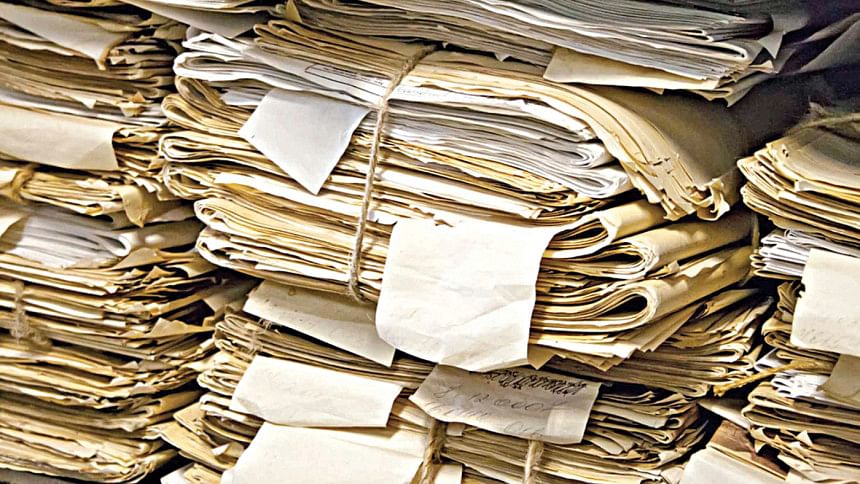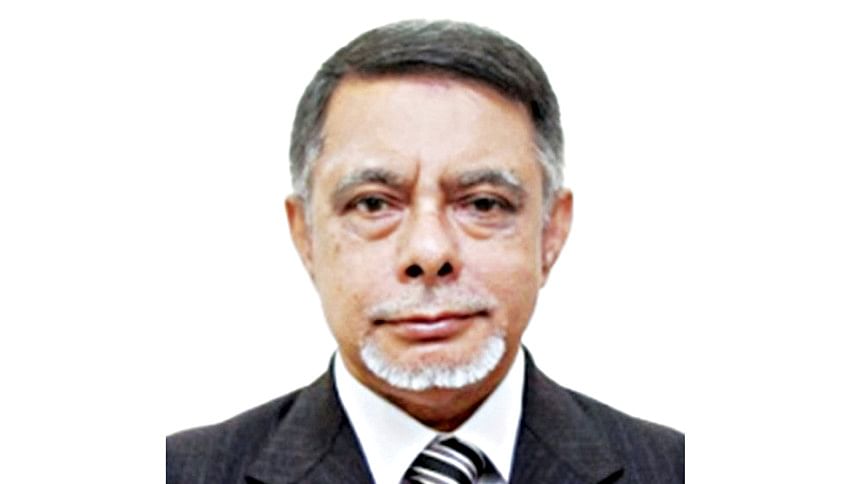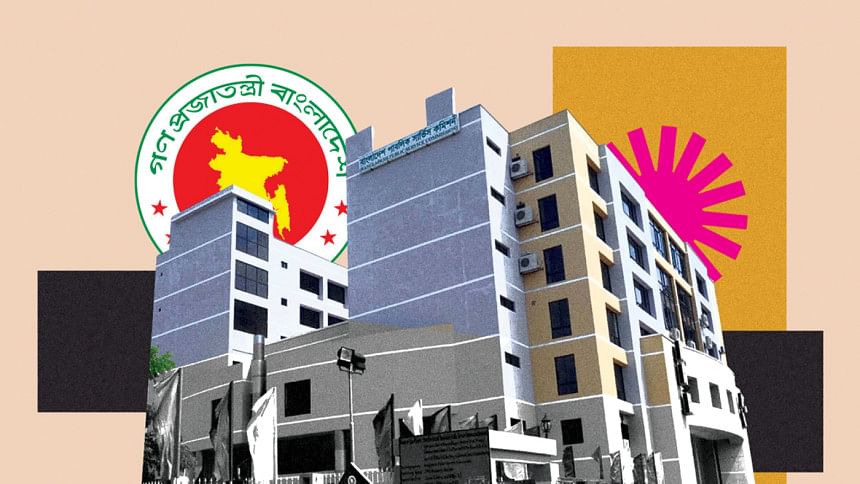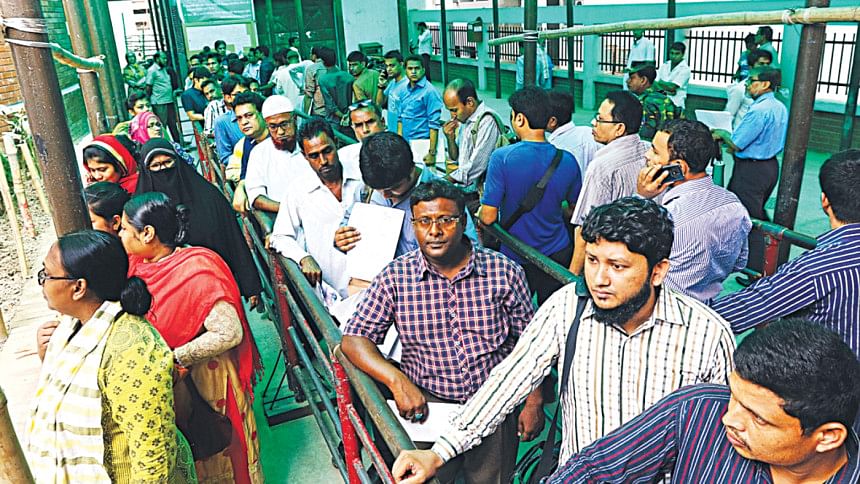Pathways for reforms in Bangladesh: Perspectives from public administration and local government

In 1971, the people of Bangladesh earned their independence through blood and sacrifice. Since the Liberation War, repeated attacks on our sovereignty have been rejected by the general populace, who have built resistance against authoritarian rule. Likewise, July 2024 will remain etched in our memory as another mass uprising to protect that hard-won freedom. Moreover, in this struggle for human rights and liberty, history has presented us with brave figures such as Abu Sayeed and Mir Mugdho, as well as opportunities to dismantle and restructure the systems built by fascists and despots.

The politicised administrative system, a major obstacle to good governance, has impaired state operations and eroded public trust in Bangladesh. Despite numerous promises of reforms across all sectors, various commissions have failed to deliver substantive solutions, often stirring controversy instead. They tend to overlook the fact that, to fulfil the aspirations of the people, a strong and capable local government system is essential. If we balance investments between administrative and local government reforms, it will enable a more contextualised approach to local needs, ensuring tangible benefits for the people.
The administration of Bangladesh is deeply rooted in history and has undergone political, social, and economic transformations over time. However, the structural weaknesses and challenges that have emerged over the past few decades have severely impacted its effectiveness today. Key administrative functions such as recruitment, promotion, posting, retirement, and discipline of civil service officials are carried out in the name of the President. In reality, however, these decisions are dictated by the political government. Consequently, the civil service has become subservient to political interests. It is important to remember that the civil service is not merely an administrative tool of the political government but a strategic institution of the Republic.

The politicisation of administration has not only diminished the quality of public services but has also obstructed transparency and accountability within the government. The growing distrust and disconnect between government officials and the public highlight the urgent need for a mindset shift among administrative officials. However, the current crisis did not arise from a single regime; rather, it is the cumulative result of decades of partisanship, weak oversight, and rampant corruption.
Several initiatives have been undertaken in the past to establish a pro-people administration, but none have materialised. After independence, in 1972, the Administrative and Services Reorganisation Committee (ASRC), headed by Professor Muzaffar Ahmed Chowdhury, proposed the first set of reforms. The report, submitted in two phases—in October 1972 and March 1973—recommended a 'Unified Grading Structure' and a 'Classless Civil Service' to create a bureaucracy that would serve an independent nation. However, this groundbreaking proposal, led by a renowned political scientist, was never implemented. The report remained shelved due to opposition from the elite Pakistani-era civil service class, the 'CSP' officers, who sought to maintain their privileged positions and obstruct administrative changes.

Later, with the establishment of the Pay and Services Commission in 1976, the civil service—particularly the administrative cadre—was further reinforced. The influence of the CSP and PSP groups became more entrenched in civil and police administration, a trend that continued until 1981. Subsequently, during the Ershad regime in 1982, some changes were introduced through the Committee for Administrative Reform/Reorganisation (CARR) to decentralise power. Around 60 circle officers, along with other administrative cadre officials, were given expanded responsibilities and deployed to 'upgraded police stations' at the grassroots level. This initiative laid the groundwork for the Upazila system, aimed at bringing administrative authority closer to local communities.

Between 1983 and 1990, under the Ershad regime, Brigadier Enam oversaw the formulation of a new administrative structure. In the years that followed, various reports were prepared with financial support from the United Nations and other development partners, yet their recommendations were seldom implemented. After the restoration of democracy, Khaleda Zia's government in 1991 attempted another round of administrative reforms.
In 1993, the 'Administrative Reorganisation Committee (ARC)' was formed under the leadership of former secretary Nurun Nabi to overhaul the civil service and administrative structure. However, this initiative, too, failed to materialise. Similarly, the Public Administration Reform Commission (PARC), established by the Sheikh Hasina government between 1997 and 2000, put forward various recommendations, but these were never fully implemented. During the caretaker government in 2007, additional reform efforts were undertaken, but they also failed to achieve meaningful success.
Various commissions established during the 2007–2008 caretaker government were intended to promote public welfare. While their policy drafts were well-structured, they ultimately became tools for manipulation. As the next government assumed power, the effectiveness of these commissions gradually diminished, with bureaucracy becoming further entrenched. Although many commissions remained active, the local government commission seemingly disappeared, as the bureaucratic machinery, driven by self-interest, prioritised expanding its control at the local level over facilitating the election of public representatives.
Furthermore, our local government system remains shrouded in opacity, with 'accountability' existing in name only. When unrest and apprehension abruptly destabilise the country's law-and-order situation, the local government becomes virtually dysfunctional—reduced to a mere puppet under the enduring dominance of central political and administrative power. The Local Government Division's decision to grant Upazila Nirbahi Officers (UNOs) full authority in the absence of elected chairmen only reinforces the perception that local government is nothing more than an extension of the central administration. However, the true purpose of local government is to serve the people with its own agency—an aspiration that remains unfulfilled. At this critical juncture, if local public representatives take proactive steps to address local issues, it could strengthen the country's democratic framework.
If the local self-government structure cannot be properly implemented now, then abolishing it entirely may be a more appropriate course of action. The concept of self-government should be revitalised to strengthen local governance in a new Bangladesh. It is time to distribute government-allocated funds more judiciously. Local governments should be granted financial autonomy, including the ability to collect taxes, to ensure the provision of civic services. The shortcomings of previous local government systems can be rectified by renovating the existing structure rather than overhauling it completely—because change does not always necessitate starting from scratch.
Some issues, however, must be reconsidered in response to present demands. For example, the presence of elected representatives in the local government structure is crucial, alongside the cooperation of administrative officers. A dedicated office and some permanent institutions should be established through this framework. Planning, tax collection, local development, and social protection initiatives can be effectively tailored to regional characteristics through such coordinated efforts. Additionally, local governments should conduct social surveys to ensure policies are informed by ground realities. These surveys could be managed by expert advisors in social research, involving students in the process. If state reforms can be structured around the interests of the younger generation, they can be directly engaged in policymaking.
Notwithstanding, governance in Bangladesh is experiencing a deep crisis, exacerbated by entrenched partisanship, politically motivated appointments, and internal divisions. In political science, government consists of two core components: a permanent government (bureaucracy) and a provisional government (political leadership). The permanent government—comprising bureaucrats—implements and supervises state policies, whereas the provisional government leads political decision-making. However, prolonged political interference has destabilised the permanent government, leading to widespread instability and disorder. Therefore, it is imperative to establish a transparent and accountable recruitment process by adopting and implementing short-, mid-, and long-term plans for administrative reform in Bangladesh.
Furthermore, the unelected segment of local government—namely divisional commissioners at the divisional level, deputy commissioners (DCs) at the district level, and UNOs at the upazila level—should be integrated into a balanced governance structure. First, their designations should be standardised, either as commissioners or executive officers. Second, the division of power and responsibilities between elected and unelected officials in local government should be clearly defined, ensuring that people receive services through a unified framework. Implementing such reforms will take time, but the groundwork must be laid now to facilitate the transformation of state structures. Perhaps this is the horizon of a new vision for progress. Now is the time to reshape the governance landscape. The journey of change may be long, but it must begin here and now.

 For all latest news, follow The Daily Star's Google News channel.
For all latest news, follow The Daily Star's Google News channel. 



Comments